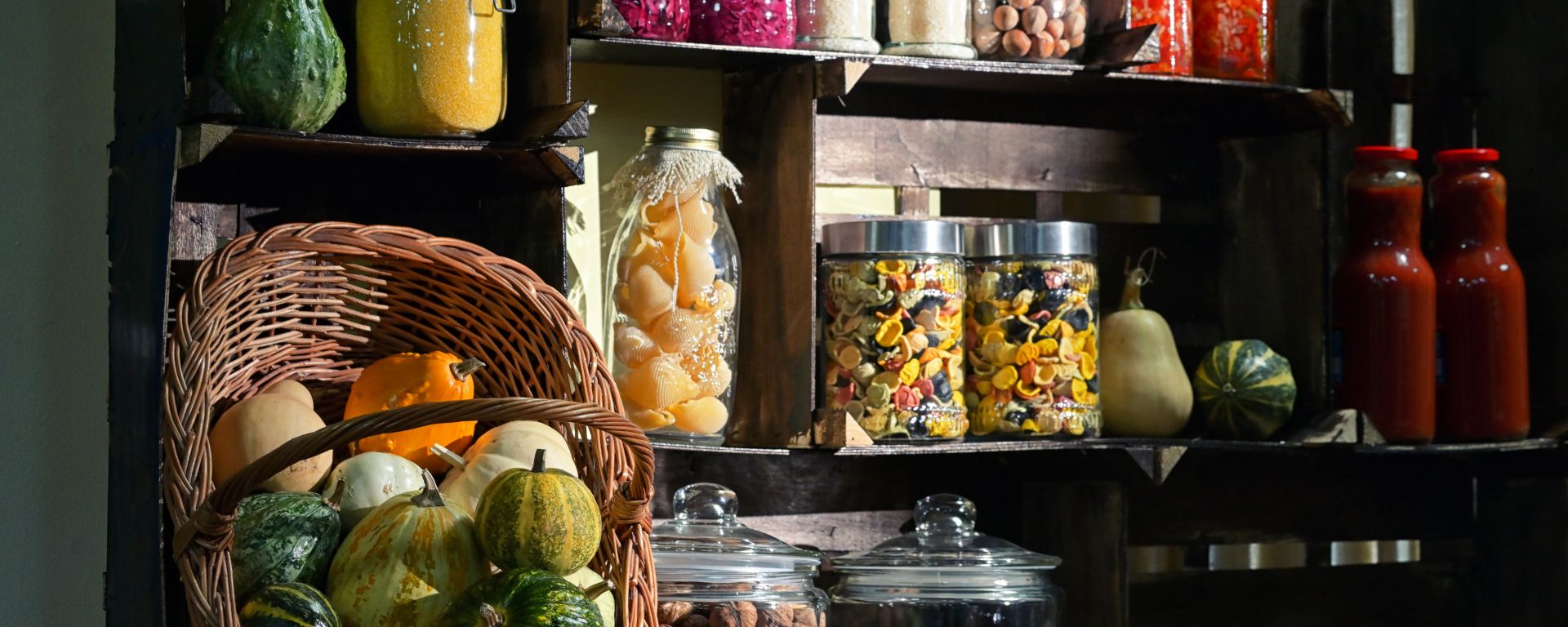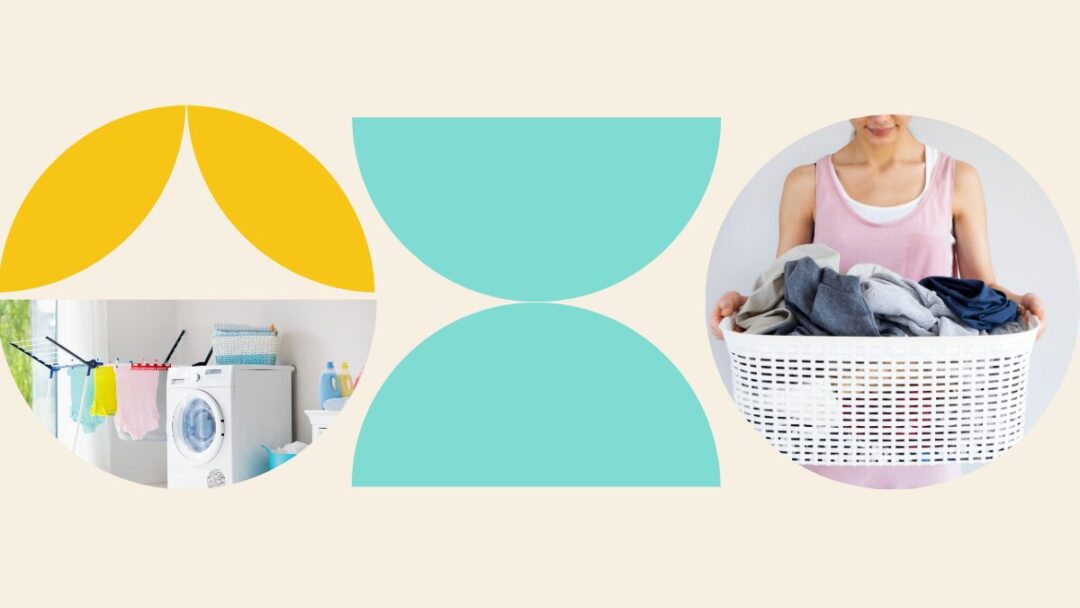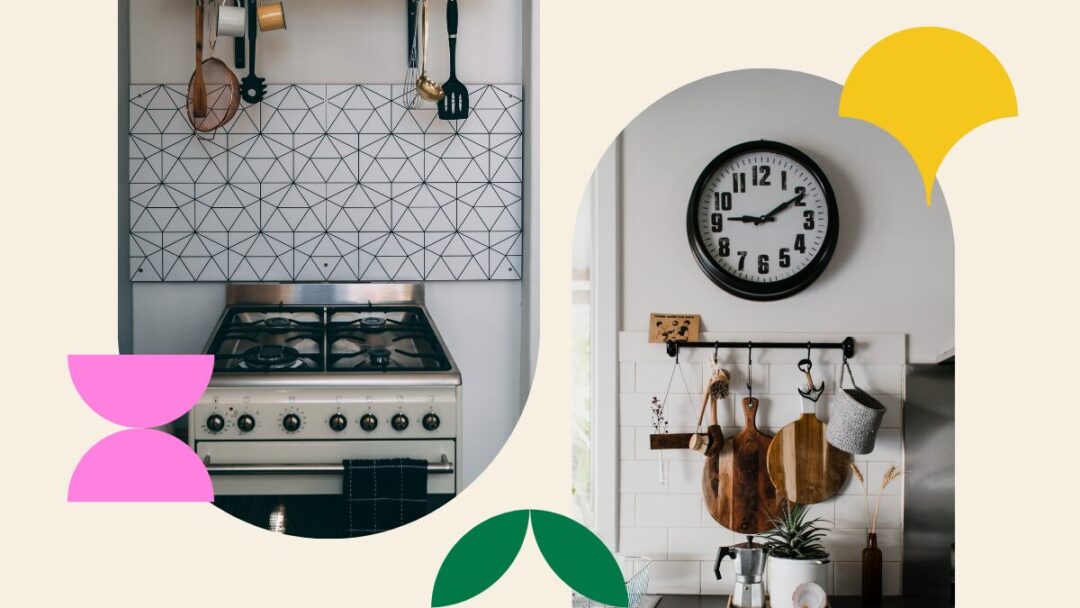When we’re about to cook food, the first thing we do is head to the pantry to find all the ingredients needed. But how often do you find yourself looking through your pantry for ingredients you know you have, but just can’t find? Well, you should consider taking a look at how you store and sort items in the pantry. As you begin with all things spring cleaning, it’s a great time to create an organisation system in your pantry that works for you. Even if you have a small pantry in your kitchen, keeping it organised will help prevent ingredients from expiring, spills, and even pest infestations. You may buy the same items you forgot you had because you couldn’t find them, and this leads to an overstuffed pantry. Read on for the best tips and ideas for organising your pantry.
1. Check The Size Of Your Pantry
Before starting the process of organising your pantry, take a look at the space you have to work with. What are the dimensions? How many shelves does your pantry have? What’s the height of the shelves? Do you have a small pantry, or perhaps a walk-in pantry?
After taking a look at the space of your pantry, you can begin to map out where each item should be placed, depending on the size and how often it’s used. Items used less often, like holiday baking ingredients and speciality items, can be placed on higher shelves. Items used everyday such as salt, olive oil, and coffee should be at a reachable height for you to access them easily. Heavy items can stay at the bottom, so they don’t accidentally fall out and land on you when trying to reach them. And, snacks can live on the lower shelves, for your children to be able to reach them when allowed a snack.
Lastly, if there is a fair amount of space between the shelves, you may be able to fit items like cereal boxes. If you have adjustable shelves, then set them to match up with the size of items you want to put on the shelf.
2. Group Similar Items Together
Make things easier to find by taking a tip from your local grocery store and how they place similar items together on their shelves; you should do the same with your pantry items. Then when you see an item, you’ll know what else is close by.
You may place pasta and sauces in one section, peanut butter and spreads in another section, and have the tea section. Or you can place items into general categories such as breakfast items, canned foods, snacks, and so forth.
3. Try Not To Overstuff Shelves
It’s easy to become overwhelmed when your pantry shelves are overflowing. It is not ideal if you have to remove a bunch of items just to find one. Empty shelf space gives you the space to move items around. If you buy in bulk then simply set up an area in the kitchen to store extra food items. These items can be moved to the pantry when required or if there is space available.
4. Seal Open Food Items
Whether food items are kept in the original packaging or you put them into food storage containers, it’s important to make sure that the containers are properly sealed. If they’re not sealed properly, it’s easy to spill the food contents and possibly attract pests.
Food bag clips can be useful for sealing chip packets and the inner plastic bag of cereal boxes, and storage containers should seal airtight every time you close them.
5. Food Bins And Containers
Food bins and containers can help your shelves look organised all the time. Food storage bins and containers with handles make them easier to take off from shelves by simply grabbing the handle. If you have the space for protruding handles, then it’s the way to go.
Another useful item for your pantry is a turntable; it’s a great way to see items that would have been behind others by simply twirling, and food items can also be easily removed.
You may want to consider buying specific tools to suit your pantry. Only buy what you need; don’t overbuy organising tools that cannot all fit inside the pantry.
6. Pantry Doors
You can double or even quadruple the storage space in your pantry by adding mounting racks to the inner doors to store additional food items such as spices, foil, food wrapping, or lids. Some racks can be mounted directly onto the door and full-length adjustable shelves. Over-the-door racks will make you have to leave the pantry door open.
7. Create A System For Deep Shelves
Pantries with deep shelves can make it easy to forget what items you have at the back, resulting in you buying duplicates of food items you may already have, or wasting time trying to find food products. A sliding rack or a stacker will help you manage. A stacker looks like a small set of steps that you place onto pantry shelves. Products stacked on them are slightly higher up so items are visible. See-through bins and containers also help to organise and see what items are deep in your pantry. Depending on the amount of space you have, place shorter items at the front and taller products towards the back, so you can see your items more easily without taller foods towering over them.
8. The Pantry Doesn’t Have To Be Insta-worthy
You may feel pressured to buy a load of clear containers, remove all of your food out of their packaging, and stick on cute labels, especially if you get inspiration from Instagram. However, it’s better to have a functional pantry instead of a pretty-looking one.
This is optional – if you want to take the extra time to see items in clear containers or to not hear the noisy packaging, and you’re not worried about the costs of all the containers, then go ahead. If you have other things you like to spend your time doing, then you don’t have to decant anything.
There you have it, 8 clever ways to organise your pantry – it’s not so difficult and you will love staring into your pantry once it is organised. Whenever you start to cook, it will take seconds to grab your easily accessible ingredients from the pantry. Don’t forget to place items back in the same place, and if you are adding labels to containers, it’s a good idea to get labels that are resistant to water so they can hold up when being washed.








